
Settling securities transactions with tokenised shares via Distributed Ledger Technology (DLT) will soon be possible and much easier given that regulatory issues have been clarified. This was one of the aspects that was highlighted in the proof of concept run by a consortium comprising Deutsche Börse, Swisscom and three bank partners.
To build a digital asset ecosystem, Deutsche Börse, Swisscom and the three partners Falcon Private Bank, Vontobel and Zürcher Kantonalbank launched a proof of Concept. The aim was to tackle the issue of interoperability between different blockchain protocols and to demonstrate how the immediate and secure settlement of legally binding security transactions in shares of small and medium-sized enterprises (SMEs) could work in the future.
Within this proof of concept, the share registry of a real Swiss enterprise was digitalised using the platform of the start-up company Daura, and the shares were then tokenised. To enable the execution of a delivery-versus-payment transaction based on DLT, money was made available in the form of cash tokens. Deutsche Börse provided the cash tokens in Swiss Francs through its subsidiary Eurex Clearing. The money was deposited as collateral in the central bank account of Eurex Clearing at the Swiss National Bank. In the following securities transactions, the banks acted as counterparties and exchanged securities tokens against cash tokens using DLT. Two different DLT protocols (Corda and Hyperledger Fabric) were used for processing the cash and security tokens.
In response to the questions regarding the challenges faced in the PoC, Chris Schüpbach, Project Leader from Swisscom, revealed to Startupticker that: “The challenges were mainly to bring the prototype in line with all the law and regulations. The decentralized nature of the blockchain technology leads to new legal questions compared to a centralized system. We put a lot of effort into this”.
MVP in Progress
For the next steps, Schüpbach adds: “Based on the findings from this project it will be determined how a potential Minimum Viable Product (“MVP”) could look like. Before putting an MVP in production, the regulatory requirements have to be carefully analysed and the approval from regulators is required.”
Upon the successful launch, the digital asset ecosystem will bring immense benefits for investors and companies, particularly small and medium-sized enterprises.
(RAN)
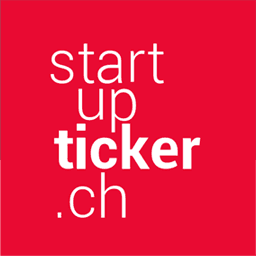







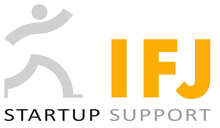





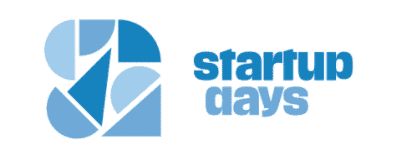




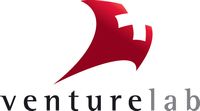









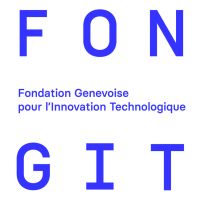



















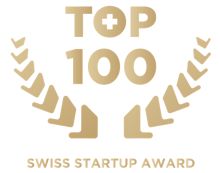





Please login or sign up to comment.
Commenting guidelines